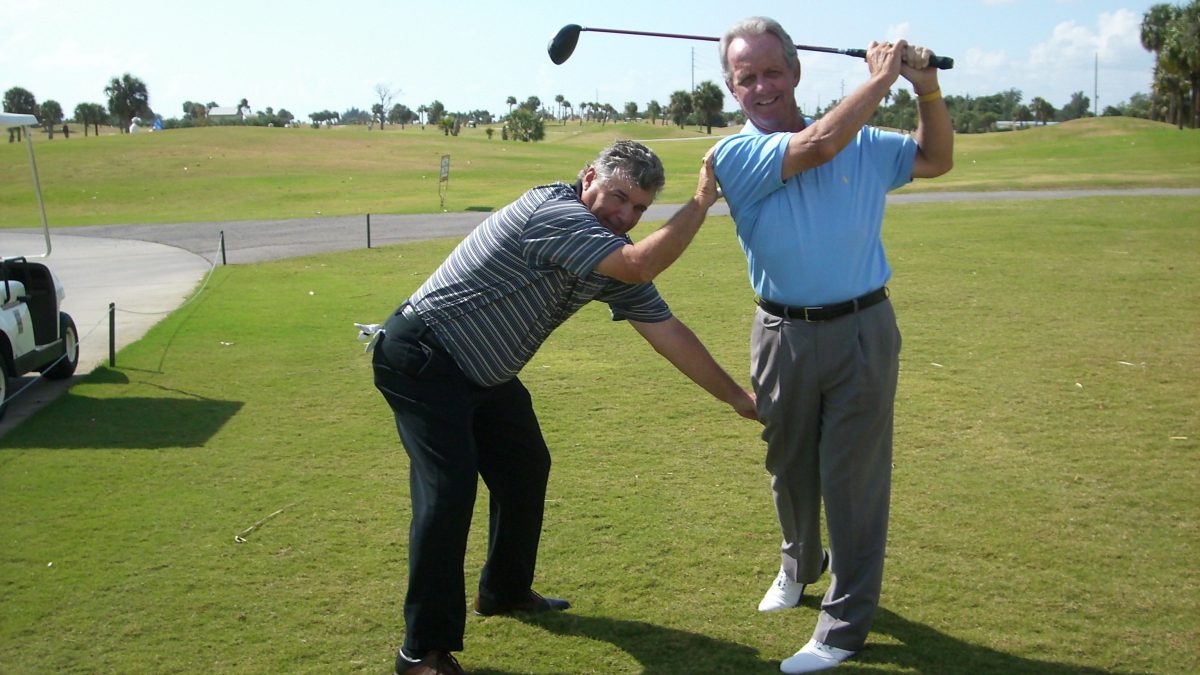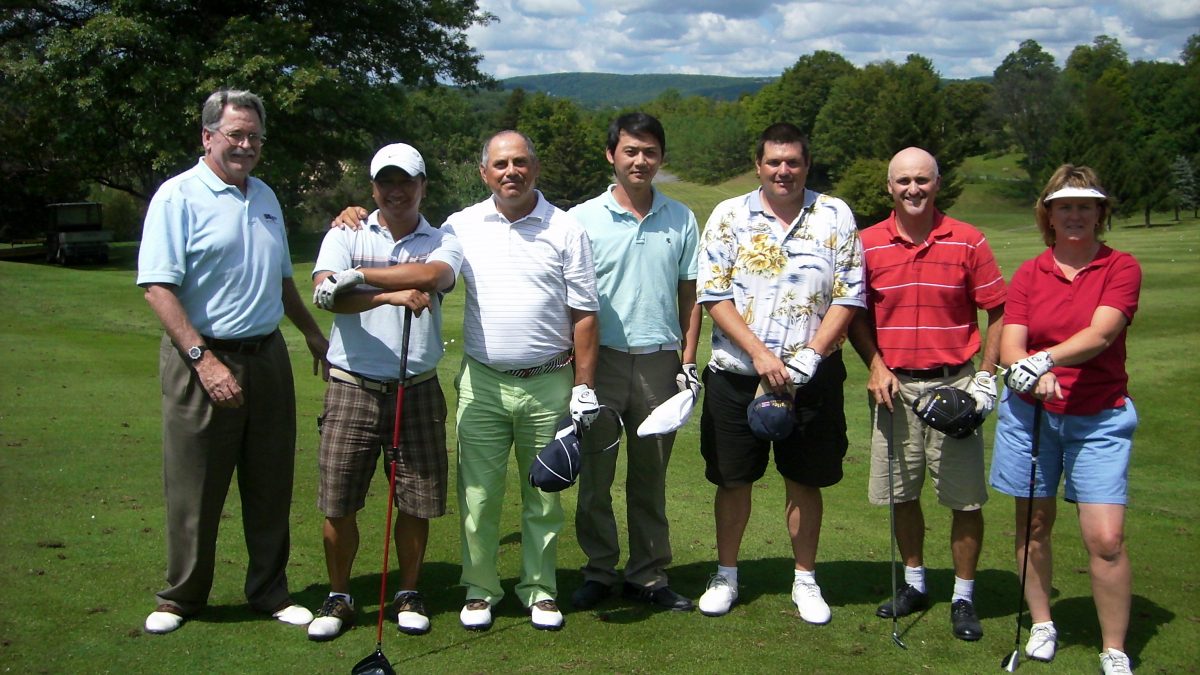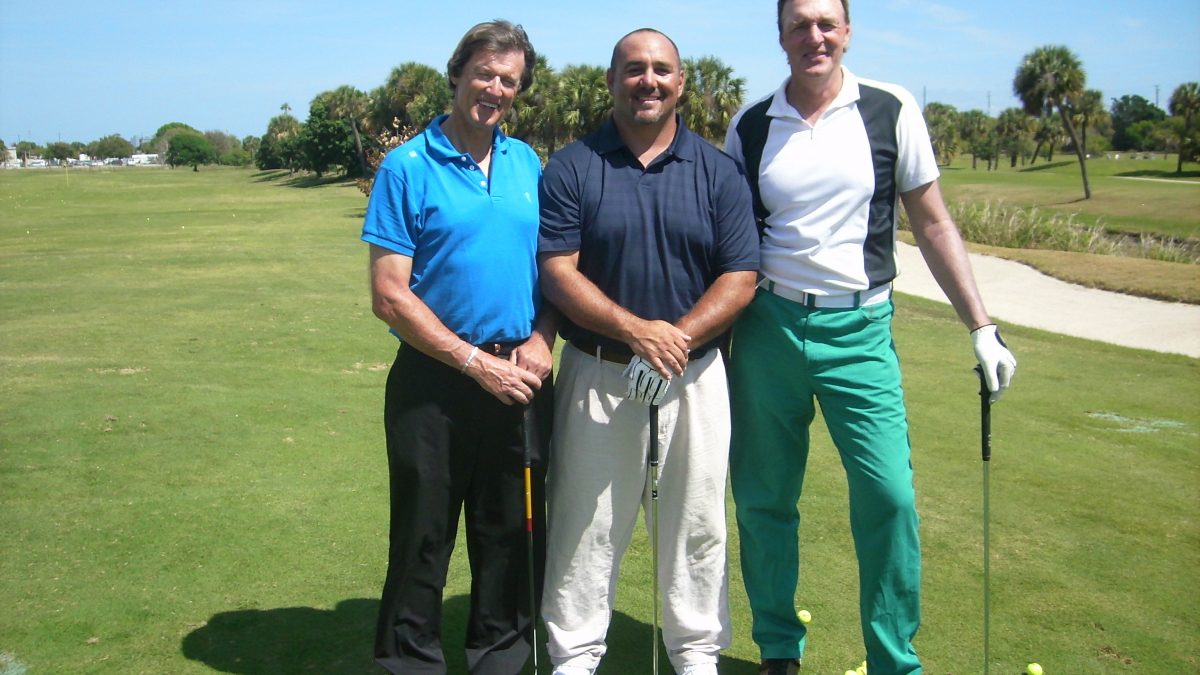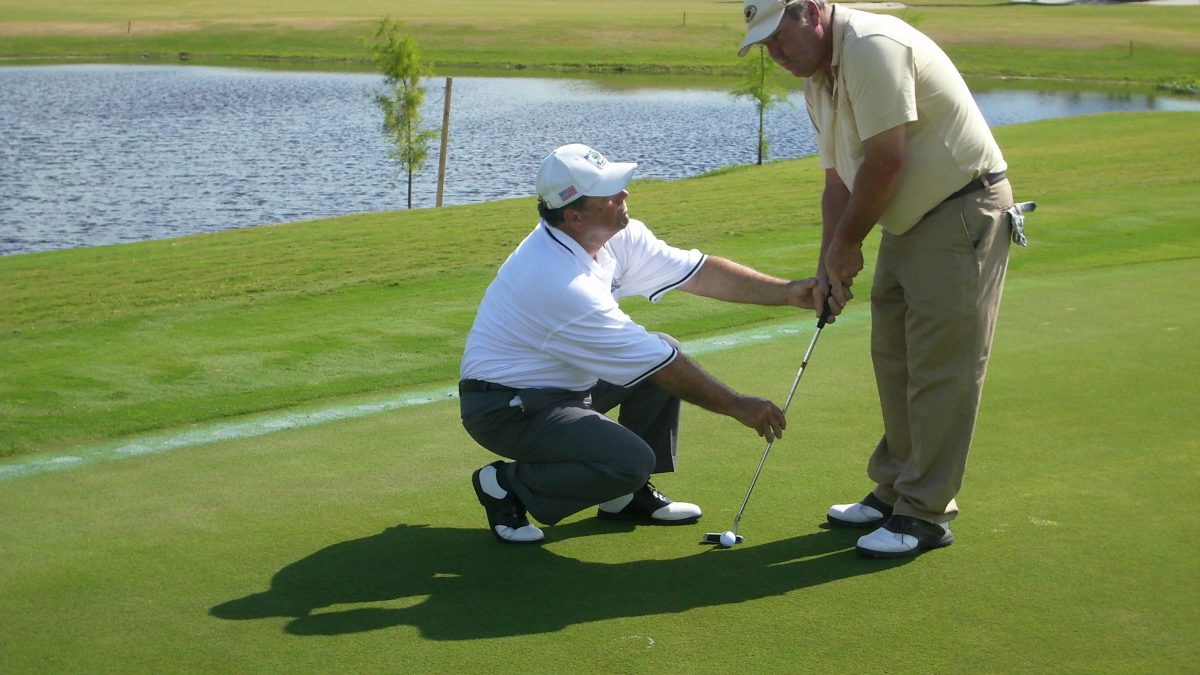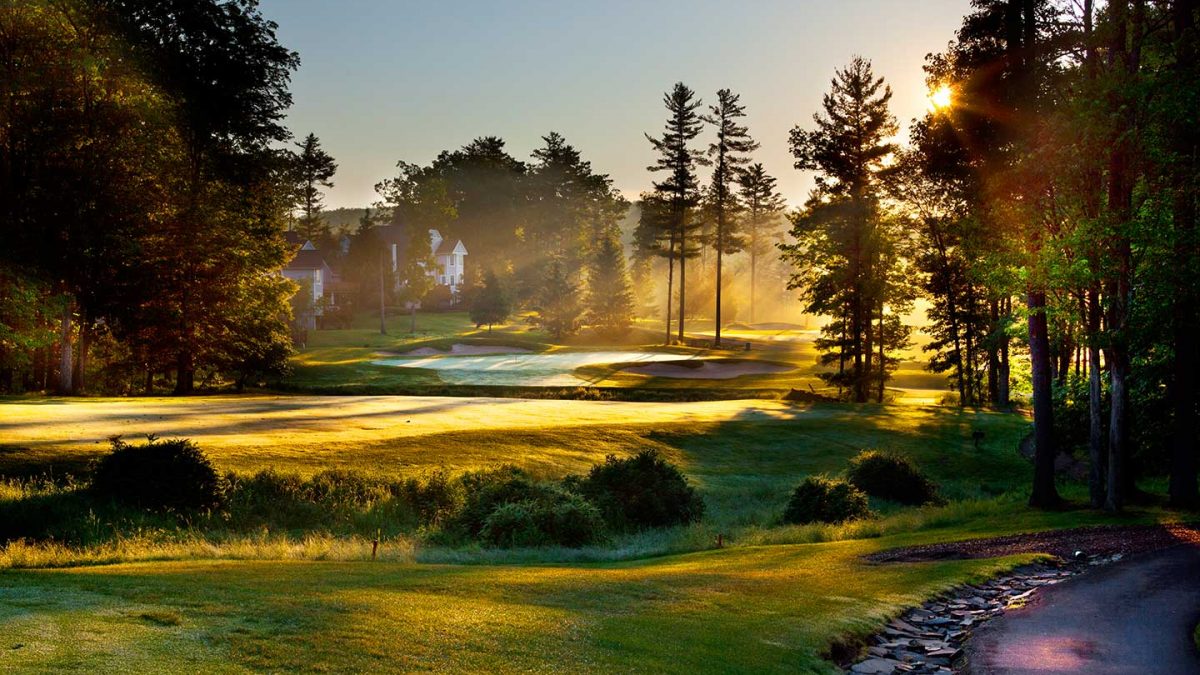The Importance of the First Move Away from the Ball
A good backswing sets the body into a coiled position ready to return to the clubhead squarely and powerfully at impact. The backswing is a series of motions that set the club in position for a proper downswing. Golfers do not hit the ball with their backswing, but a good backswing is a simple, repeatable movement that starts the sequence of the swing to the moment of truth – impact.
Most good players have a starting “trigger move” that signals the start of the backswing. Common backswing starting trigger moves are:
• A gentle waggle movement back and forward with the club, hands and wrists, which can ease any tensions in the set-up, and encourage a smooth, rhythmic beginning of the backswing.
• A forward press by gently pushing the hands forward or kicking the non-target knee in slightly towards target direction. The recoiling movement that this creates making a smooth takeaway.
Some movement should be encouraged so as the swing does not begin from a static position. The goal of the move away is to get the golf club swing properly. This in turn will begin a chain reaction where the club will swing itself and the body into the proper positions.
After a slight “trigger move”, the backswing is initiated with a slight shifting of the pressure away from the target towards the trailing leg. This shifting or “pivot” away from the target includes the head and shoulders. Thus, the head is not kept perfectly still but actually pivots to a point somewhere over a line drawn following the inside of the back leg.
The body begins to shift and the clubhead swings back along the target line. Some people refer to this as the “one piece takeaway”. Many players initiate this with the hands. However, the feeling is as if the hands, arms and shoulders are moving away as a unit. No matter what the feeling is, the goal is to get the club initially moving on the target line with the pressure loading toward the inside of the trailing leg. All of this happens within a few inches of the club moving away from the ball.
After the fundamentals of a good setup, the first move away from the ball can be a major factor in helping the golfer achieve their goal of a proper impact position. The golf swing is a sequence of events leading to the moment of truth at impact. Poor impact postions are often a product of a chain reaction caused by setup and backswing flaws. The importance of proper setup fundamentals and first move away cannot be overstated. Both build the foundation of the dynamic motion of the golf swing.

